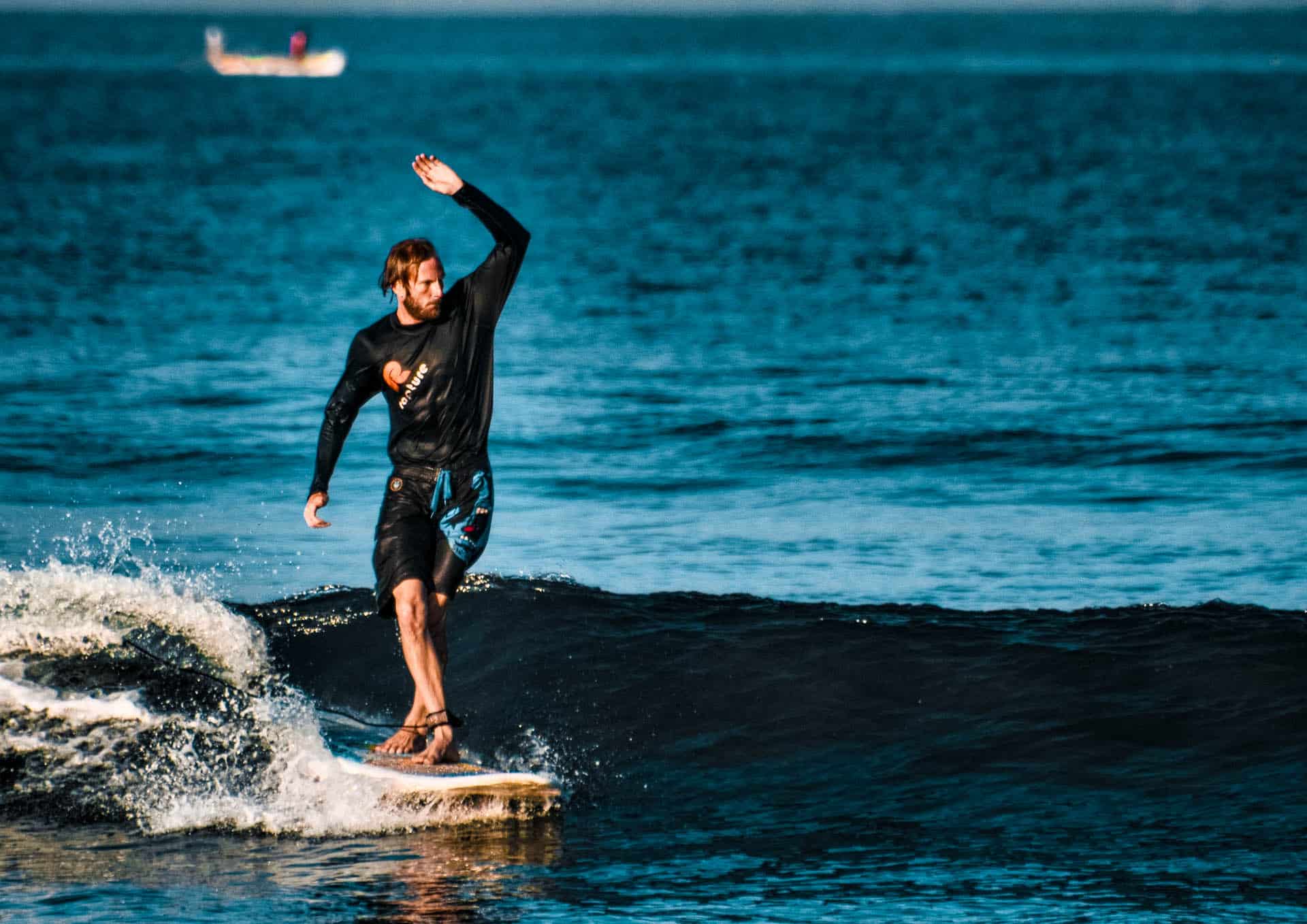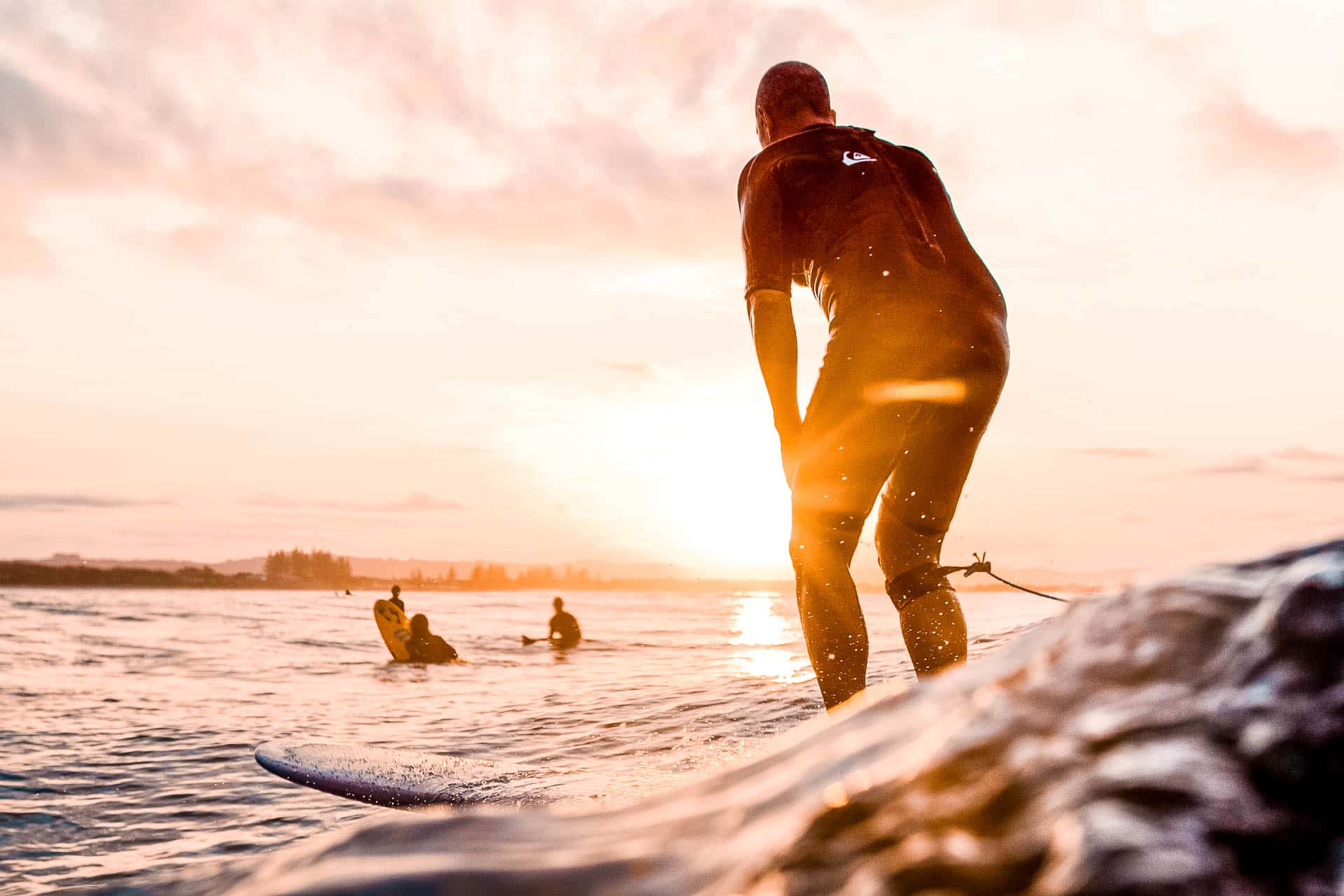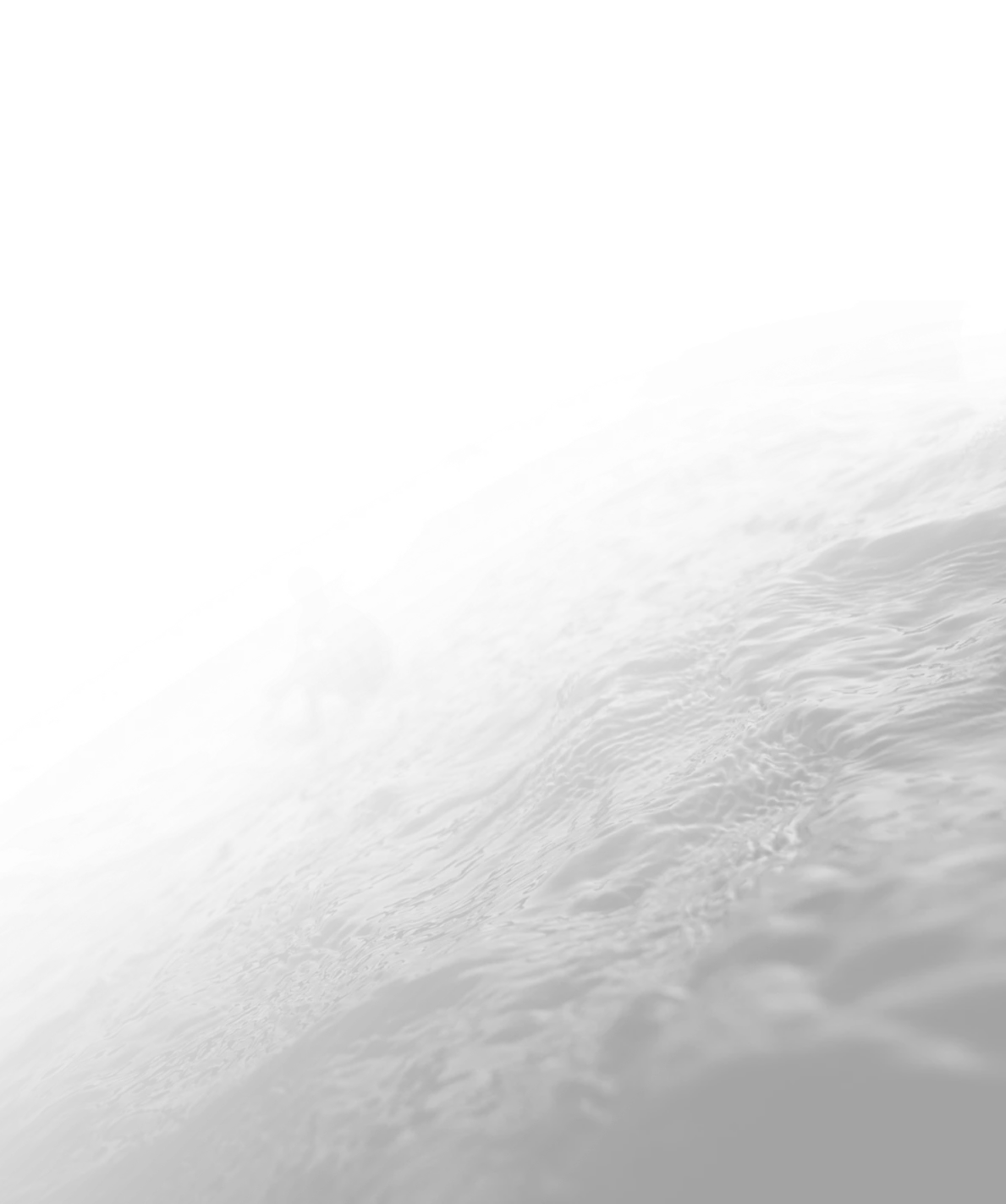Basic swimming skills are essential for anyone wanting to enjoy activities in the water, such as surfing. Swimming and surfing share a close and symbiotic relationship. While swimming is a separate sport in its own right, it serves as a foundational skill for successful surfing.
First and foremost, swimming skills are crucial for navigating the ocean when surfing. Surfers need to paddle out to the waves, often against strong currents, and knowledge of swimming strokes and techniques aids in reaching desired spots. Additionally, swimming proficiency allows surfers to efficiently move through the water and position themselves for catching waves.
Importance of Basic Swimming Skills for Surfing
Basic swimming skills involve learning the fundamental techniques required for effective paddling and staying afloat in the water.
Staying afloat is crucial as it involves maintaining a relaxed and buoyant body position in the water. Swimmers should ensure that their heads are above the surface and their bodies are streamlined, minimizing resistance and making it easier to paddle efficiently.
Mastering paddling is particularly important for surfers. Paddling constitutes a significant portion of the surfing experience, as it allows surfers to catch and ride waves. By developing strong paddling skills, surfers are able to paddle out to the lineup more efficiently and catch more waves. Without proper paddling mastery, surfers may struggle to get in position for waves and miss out on desirable surfing opportunities.
More Reasons Why Surfers Need Swimming Skills
Being a competent swimmer is of paramount importance for anyone who wishes to surf. This skill is fundamental in navigating the water and ensuring safety, especially in life-threatening situations.
Excellent Physical Workout
Surfing requires specific physical skills that are greatly enhanced by swimming. Firstly, one needs to have a strong sense of balance and coordination to maintain stability while riding the waves. Swimming helps in developing these skills as it requires synchronizing the movements of the arms and legs to propel oneself through the water.
Moreover, swimming helps to build strength and endurance in the muscles that are crucial for surfing. The constant paddling motion in swimming works the upper body, specifically the shoulders and arms, which are heavily utilized when paddling out to catch a wave. Swimming also helps to strengthen the core muscles, improving stability and control on the surfboard.
Another important aspect of being a competent swimmer for surfing is building lung capacity. Oftentimes, surfers find themselves held underwater by powerful waves or struggling to catch their breath after being tumbled by the surf. By regularly swimming laps in a pool, one can increase their lung capacity, allowing them to hold their breath for longer durations and recover more quickly.
Confidence to Surf in Deep Waters
Surfing in deep waters is an exhilarating experience that pushes the limits of both skill and thrill-seeking in the world of water sports. Unlike traditional surfing, where wave riders typically stay closer to the shoreline, riding big waves in deep waters adds an extra dimension of excitement and challenge. This extreme form of surfing requires a high level of physical fitness, courage, and a deep understanding of the ocean’s dynamics. In this article, we will delve into the intricacies of surfing in deep waters, exploring the equipment, techniques, dangers, and rewards associated with this adrenaline-fueled water sport. Whether you’re an experienced surfer looking for new horizons or an adventurous beginner craving a unique rush, surfing in deep waters promises an unforgettable ride on nature’s magnificent force. So, grab your board, wax it up, and let’s dive into the world of surfing in deep waters.
Deal with Rip Currents with Ease
Rip currents, also known as rip tides or undertows, are powerful and fast-moving currents that flow away from the shore and into the open water. They are the leading cause of beach-related fatalities, making it crucial to understand their characteristics, dangers, and how to avoid them.
Rip currents can be identified by certain characteristics such as a noticeable difference in color, choppiness, or foam compared to the surrounding water. They often occur in areas where waves are breaking unevenly, near sandbars or piers, or along jetties and groins. These strong currents are dangerous because they can quickly pull swimmers away from the shore and into deeper water, with the potential for exhaustion and drowning.
To avoid rip currents, it’s important to learn how to identify them before entering the water. Look for breaks in the wave pattern, areas of calm water between breaking waves, or any unusual choppiness. It’s also recommended to swim at beaches with lifeguards present, as they are trained to spot and warn about rip currents. And if you get caught in a rip current, it is important to know how to swim to get out of danger.
If caught in a rip current, do not panic and try to swim directly back to shore, as you may tire easily. Instead, swim parallel to the shore until you escape the current’s grip. Once free, you can swim diagonally back to land or signal for help if needed. It’s important to remember to stay calm, conserve energy, and float or tread water if you’re unable to swim out of the current.
Ocean and weather conditions play a significant role in the formation and presence of rip currents. Rip currents are more likely to occur when there are strong onshore winds, higher wave heights, and when tides are changing. It’s essential to check local weather forecasts and beach conditions before swimming, as these factors can greatly increase the risk of encountering a rip current.
The importance of knowing how to swim for surfing cannot be overstated. Beyond just enhancing enjoyment and confidence in the water, swimming skills are fundamental for safety, allowing surfers to navigate unpredictable conditions and unexpected situations effectively. From mastering basic strokes to building strength and endurance, swimming provides a solid foundation for surfers to develop their skills and explore the exhilarating world of wave riding with greater proficiency and peace of mind. Whether catching their first wave or chasing the thrill of big swells, every surfer can benefit immensely from the knowledge and proficiency in swimming. So, dive in, embrace the water, and let the waves become your playground – equipped with the essential skill of swimming, the possibilities for surfing adventures are limitless.


